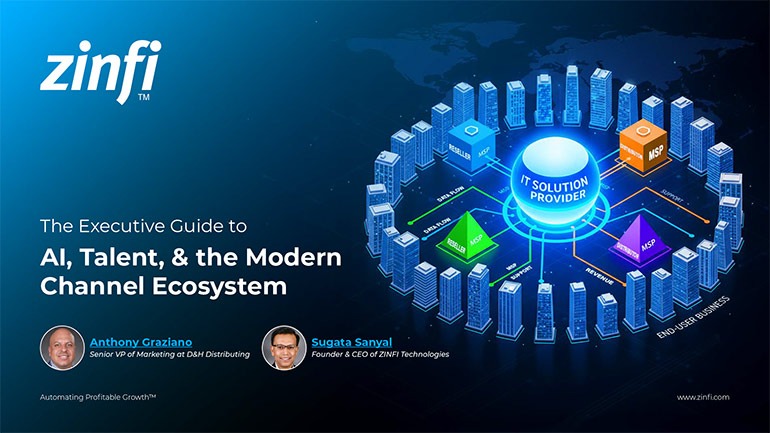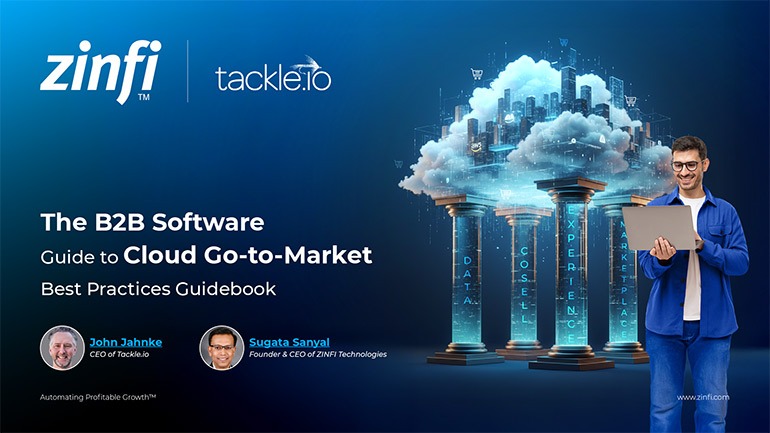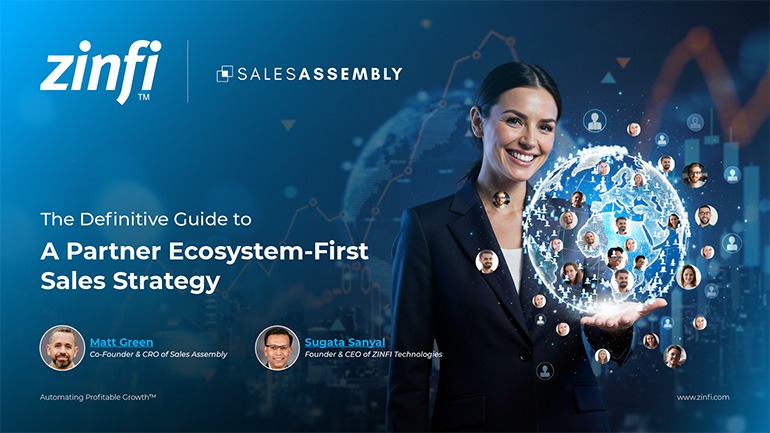Glossary - How to - Automated Partner Onboarding
How to Implement Automated Partner Onboarding?
Introduction
Understanding Automated Partner Onboarding
Automated partner onboarding refers to digital tools, workflows, and automation technologies to streamline the integration of new partners into a business ecosystem. This method reduces manual intervention, increases efficiency, and ensures consistency in partner activation. Businesses using automated partner onboarding benefit from lesser administrative workload, faster time-to-revenue, and improved partner experiences.
In today’s highly competitive market, organizations need a scalable and efficient way to onboard partners. Traditional onboarding methods often involve extensive paperwork, multiple follow-ups, and long waiting periods. With automation, businesses can significantly enhance their partner recruitment and engagement strategies, ensuring smooth integration into their partner programs.
The Role of Automation in Partner Management
Partner Relationship Management (PRM) platforms automate the partner onboarding process. By leveraging PRM software, businesses can create structured onboarding workflows, provide self-service training modules, and enable seamless documentation handling. Automated partner onboarding is especially beneficial in industries with complex supply chains, multiple partner tiers, and dynamic market conditions.
For organizations aiming to optimize their partner management strategies, integrating automation into the onboarding process ensures standardization, compliance, and scalability. By reducing onboarding friction, businesses can enhance partner satisfaction, minimize drop-offs, and accelerate partner productivity.
Key Takeaways:
Define a Structured Onboarding Process:
A well-defined onboarding process is the foundation of successful partner integration. Businesses should:
- Identify key onboarding milestones, such as contract signing, training completion, and first deal registration.
- Use automation to send reminders and track partner progress at each stage.
- Provide a centralized portal where partners can access necessary resources and updates.
By mapping out a onboarding journey, organizations ensure partners receive a consistent and seamless experience.
Leverage PRM Software for Process Automation:
Using a PRM platform enhances onboarding efficiency by automating critical aspects such as:
- Digital contract management with electronic signatures.
- Role-based access to training and certification programs.
- Automated approvals and workflows for faster onboarding completion.
A PRM system eliminates manual follow-ups, ensuring progress through onboarding without unnecessary delays.
Implement Self-Service Learning Modules:
Training and education are essential components of partner onboarding. Automated self-service learning modules offer:
- On-demand access to training materials, certifications, and assessments.
- Interactive learning experiences, including video tutorials, quizzes, and simulations.
- Progress tracking and reporting to monitor partner readiness.
Providing self-service learning options empowers partners to complete onboarding at their own pace while ensuring knowledge retention.
Utilize AI and Chatbots for Real-Time Support:
AI-driven chatbots and virtual assistants enhance partner engagement by:
- Answering frequently asked questions and providing instant support.
- Guiding partners through complex processes with step-by-step assistance.
- Reducing dependency on human support teams, thereby lowering operational costs.
With AI-powered assistance, partners can quickly resolve queries and stay on track with their onboarding journey.
Monitor and Optimize Onboarding Performance:
To continuously improve the automated onboarding process, businesses should:
- Analyze onboarding completion rates, drop-off points, and time-to-productivity metrics.
- Gather partner feedback through surveys and engagement analytics.
- Make data-driven adjustments to streamline and enhance the onboarding experience.
Regular performance monitoring ensures onboarding processes remain efficient, scalable, and aligned with business objectives.
Summary of Key Takeaways:
- Define a structured onboarding process with key milestones.
- Leverage PRM software for automation.
- Implement self-service learning modules for partner education.
- Utilize AI and chatbots for real-time support.
- Continuously monitor and optimize the onboarding performance.
Key Examples:
- Automotive Manufacturing: In the automotive sector, manufacturers often onboard dealership networks and suppliers. Automated onboarding ensures that partners meet compliance requirements, access technical training, and integrate seamlessly into the supply chain.
- Consumer Electronics: Consumer electronics brands partner with retailers and distributors worldwide. Automated onboarding simplifies product training, sales enablement, and marketing asset distribution for these partners.
- Energy Production: Energy companies collaborate with distributors and service providers. Automated onboarding helps in regulatory compliance, safety training, and integration into digital monitoring systems.
- Financial Services: In the financial sector, automated onboarding streamlines partner verification, fraud prevention training, and regulatory compliance documentation for brokers and affiliates.
- Food and Beverage: F&B brands depend on distributor networks for market expansion. Automated onboarding ensures partners understand brand guidelines, product handling procedures, and promotional campaigns.
- Healthcare Services: Healthcare providers collaborate with insurance companies and medical suppliers. Automated onboarding facilitates credential verification, HIPAA compliance training, and seamless data exchange.
- Information Technology: IT companies work with resellers, VARs, and MSPs. Automated onboarding accelerates product certification, API integration, and access to partner-exclusive resources.
- Pharmaceutical Development: Pharmaceutical firms onboard research partners and distribution networks. Automated onboarding ensures compliance with FDA regulations, clinical trial guidelines, and secure data-sharing protocols.
- Retail Industry: Retail chains partner with suppliers and franchisees. Automated onboarding standardizes supplier agreements, inventory management integration, and store operation guidelines.
- Telecommunications: Telecom companies onboard service providers and vendors. Automated onboarding simplifies contract approvals, technical support access, and customer service training.
Conclusion:
Automated partner onboarding is a game-changer for businesses looking to scale their partner programs efficiently. By leveraging PRM software, self-service training, AI-driven support, and data analytics, organizations can create a seamless onboarding experience.
Implementing an automated onboarding strategy ensures faster time-to-revenue, improved partner satisfaction, and a competitive edge in the market. Companies that invest in automation will see long-term benefits, including reduced administrative workload and enhanced partner engagement.
To stay ahead in partner relationship management, businesses must continuously refine their automated onboarding processes and adopt best practices for efficiency and scalability. By following this guide, organizations can successfully implement automated partner onboarding and optimize their partner ecosystem for long-term success.
Associated Keywords:
- Partner Onboarding Automation Tools
- Best Practices for Automated Partner Onboarding
- PRM Software for Partner Onboarding














